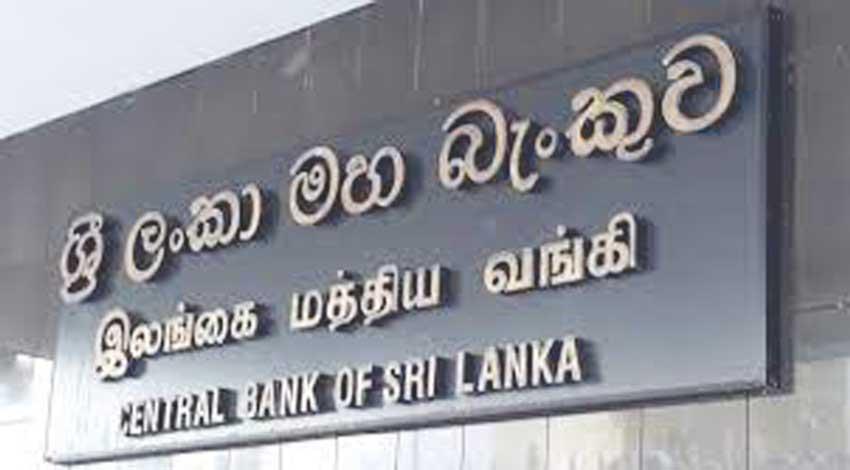Reply To:
Name - Reply Comment

Sri Lanka’s gross official reserves weakened as expected in July after the government settled a billion dollar bond with coupons among other obligations on July 27.
However, the government maintains that it has a line up of inflows to recoup the lost assets and to end the year with nearly US$ 7.0 billion worth of reserves.
Sri Lanka’s official reserve assets fell to US$ 2,833.5 million in July from US$ 4,060.0 million in June as the government had to utilise the reserve up to US$ 1,226.5 million during the month as the expected inflows didn’t materialise as the economic revival was buffeted by the repeated flare-ups of the virus.
In July, the government had foreign obligations worth US$ 1,549.5 million, including the aforesaid bond, but up to US$ 200 million was expected to have been recouped into the reserves as domestic parties held about US$ 310 million of the said bond.
However, official reserves will go up to US$ 4,333.5 million if the government decides to draw down the US$ 1,500 million worth Yuan currency swap entered into with People’s Bank of China in March this year, partly to support Chinese imports.
The reserves strength typically measured based on its import cover in number of months showed that the current reserves make up for 1.7 months of imports when the average monthly imports are considered during the first six months, but the reserve adequacy goes up to 2.6 months when the China swap is added.
Sri Lanka’s imports have fast recovered this year as the monthly import expenditure averaged at US$ 1,670.8 million during the first six months and in March such expenditure reached an eye-popping US$ 1,926 million due to a combination of factors comprising of higher oil bill, strong demand for imported goods and the ascent in global commodity prices.
Classical economists attribute this phenomenon to the continuous money injections by the Central Bank to fund the budget gap, which in turn create demand for imported goods and services, which ultimately leads to a weaker rupee and a deficit in the balance of payment.
However, the Central Bank maintains that the aggregate demand in the economy is still below par as the economy is operating with a sizeable slack after years of slower growth, which turned into a de-growth of 3.6 percent last year due to the pandemic.
Hence, they believe there is still more room for monetary injections driven support to prop up economic activities.
However, the United States Federal Reserve, which continuous to provide trillions of dollars worth stimulus since last year is faulted for the spike seen in the global commodity prices at present.
Sri Lanka essentially had to burn through its reserves during 2020 and 2021 due to the pandemic-induced economic malaise, which decimated the country’s tourism industry, which has the potential to generate over US$ 4.5 billion per annum. Meanwhile, the pandemic-induced challenges to the country’s economy impaired its ability to return to external capital markets because of higher borrowings cost the government will have to incur to raise money due to rating downgrades. Sri Lanka issued international sovereign bonds have been trading at steep discounts to their nominal values since March last year, around the same time the country hit with the virus.
However, the government is hopeful that it could end the year with reserves somewhere closer to US$ 7.0 billion as it expects inflows via several swap lines as stop-gap measures, while it aims to collect at least US$ 700 million from mandatory surrender requirements in place for exports earnings and worker remittances.
Sri Lanka has negotiated a US$ 250 million swap facility with Bangladesh Bank, and talks are being held for a US$ 400 million swap facility with the Reserve Bank of India and the balance US$ 300 million loan tranche from China Development Bank.
Sri Lanka is also expected to receive US$ 780 million from the International Monetary Fund as part of the country quota of the total creation of Special Drawing Rights equivalent to US$ 650 billion.